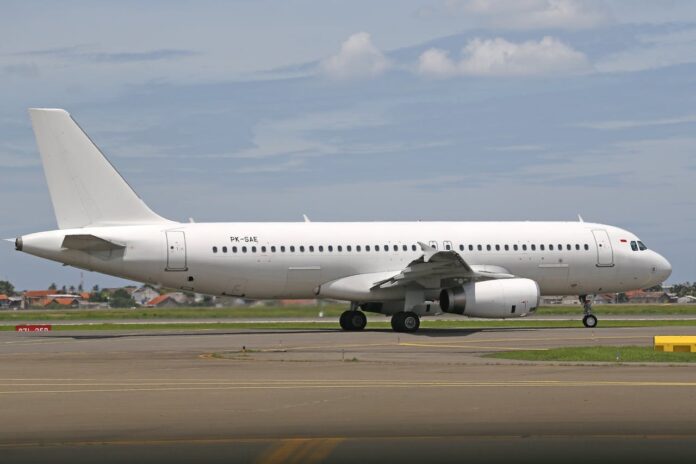When one speaks about flying large aircraft, it is a whole different ball game compared to flying small planes. The level of difficulty and skills increase with square inches as the plane grows. Whether you are a new pilot trying to move into bigger things or just want to know how the big boys do it, understanding what goes into flying these giants is very important. From dealing with more sophisticated technologies to being responsible for hundreds of onboard passengers, flying large aircraft is considered both challenging and prestigious. This article presents five essential elements in flying large aircraft that each pilot needs to know.
Advanced Cockpit Technology
One of the most prominent differences when considering large aircraft flying is the advanced cockpit technology. Avionics systems of contemporary large aircraft control everything from navigation to engine performance. While such systems are of great utility, they necessitate that pilots retain an in-depth awareness of how these systems work. An autopilot system and flight management computers, features that can automate much of a flight, require that pilots remain prepared to resume manual control if called upon to do so. Knowing how to use and troubleshoot these systems is critical to both safety and efficiency during flight.
Weight and Balance Considerations
Weight and balance in a large plane are much more complicated than in a smaller aircraft. Weight distribution directly affects the center of gravity on the plane, impacting stability and control. Large planes take on more passengers, freight, and fuel. This includes complicated calculations to ensure safe takeoff, flight, and landing. Among these are the calculations on the weight distribution of the aircraft and how fuel burn-off will affect its balance in flight. These calculations and tests are done by ground support equipment. Poor weight and balance management may lead to serious safety problems, so this is a huge focus for large plane pilots.
Greater Responsibility for Passenger Safety
While flying large aircraft does come with heightened levels of responsibility, this is due to the increased number of passengers taken aboard. As pilots, one now not only has to ensure that the craft itself is safe but also the well-being of hundreds of possibly bound passengers. This added responsibility includes dealing with numerous emergencies, from the calm handling of medical incidents to turbulence. The stakes are higher, and the margin for error is smaller, so comprehensive training and experience are imperative. Pilots shall be trained in both technical skills and management of the human factors that come into play with flying large aircraft.
Managing Complex Flight Dynamics
Large aircraft exhibit different behavior in the air than smaller aircraft, largely due to their size and weight. These differences have to be compensated for by pilots through various flying techniques, mostly applied during takeoff, landing, and low-speed maneuvers. For example, large aircraft require longer runways and more exactly defined approach paths. More weight also impacts climb rates and turning radius; thus, pilots must become more strategic with their flight planning. Knowing these complex flight dynamics will help maintain control and ensure a smooth ride.
Coordination with a Larger Crew
Unlike small aircraft, where one pilot may accomplish almost all the work, flying large aircraft requires one to be coordinated with a larger crew. This includes not just co-pilots but also flight engineers, cabin crew, and ground staff. Efficient communication and teamwork are, therefore very essential for managing the various tasks that go into running a large aircraft. A pilot needs to be good at delegating responsibilities and making decisions quickly, without hesitation, in a pressured environment. The ability to work cohesively in a team binds all aspects of the flight together seamlessly, ensuring efficiency and, thereby, safety.
Conclusion
Flying large planes requires many elements that go to make up this highly complex and demanding job: advanced technology, careful attention to weight and balance, and a sense of responsibility toward the safety of passengers. The flight dynamics become more difficult, and the need for good crew coordination greatly increases. If one chooses to accept these challenges, flying big iron will afford a most rewarding experience: one that skillfully melds technical ability with satisfaction in delivering passengers around the world safely. Understanding these five key points is important for the aspiring large aircraft pilot or any other curious individual who wants to be informed about life in the air.

